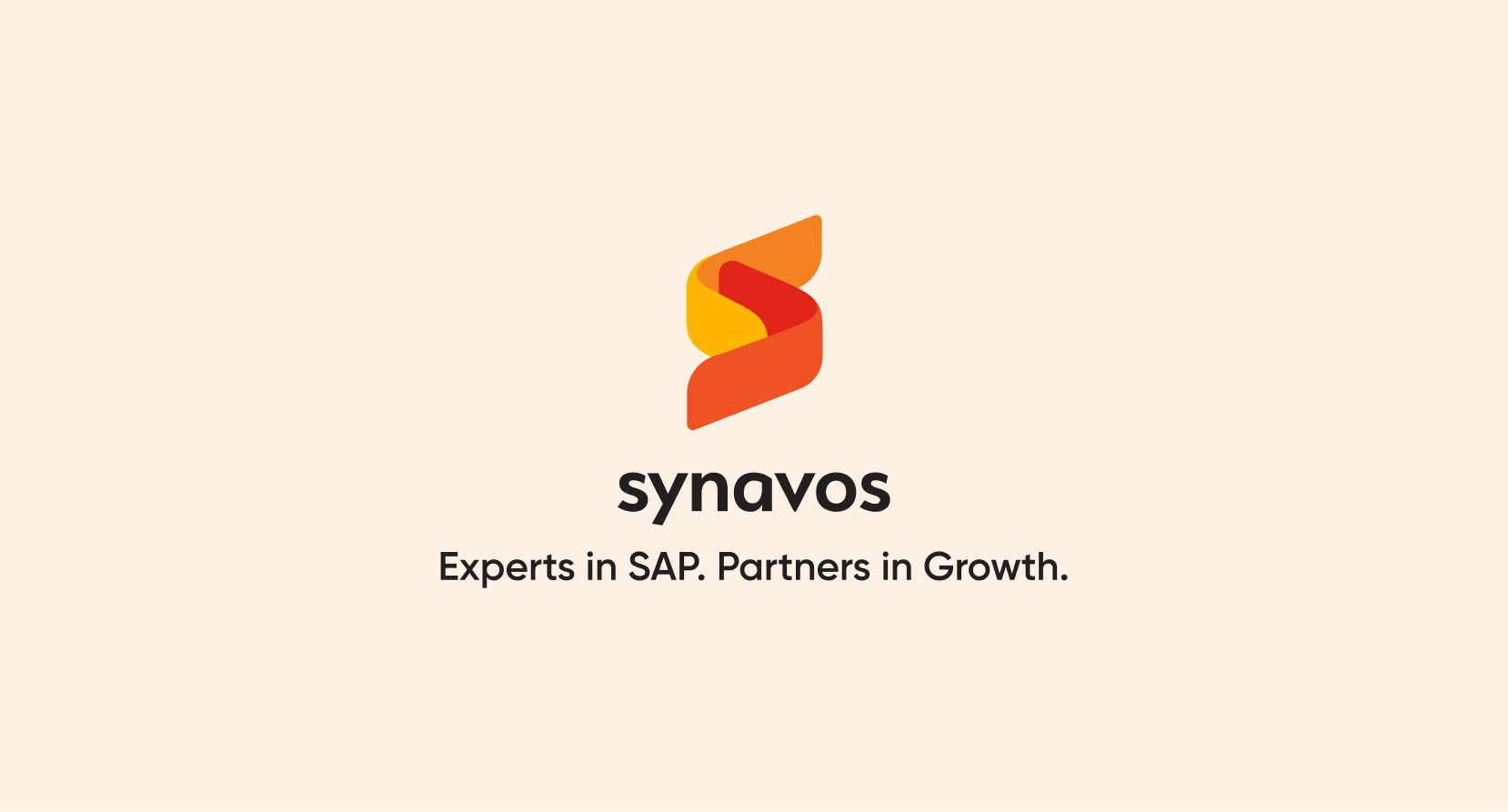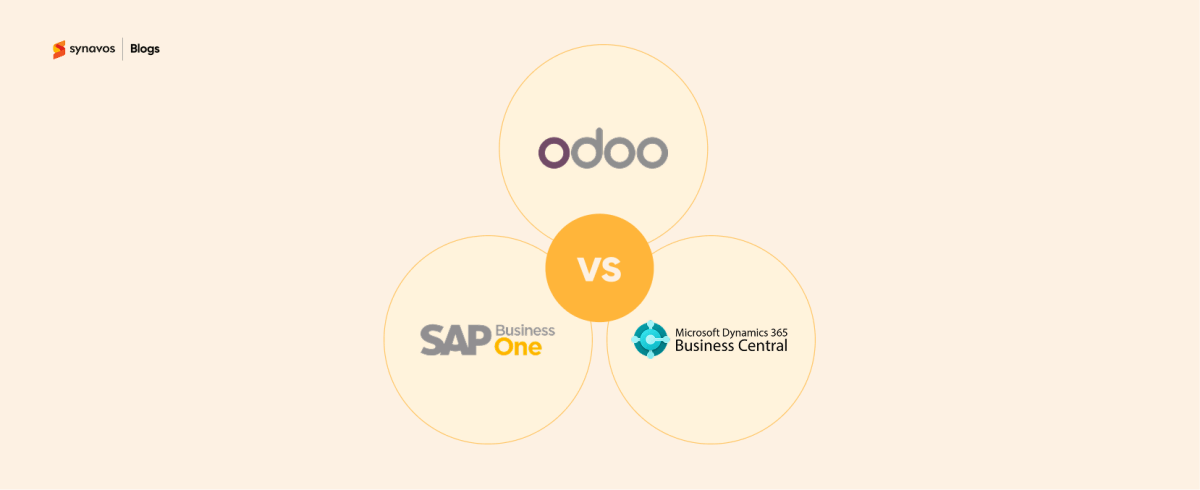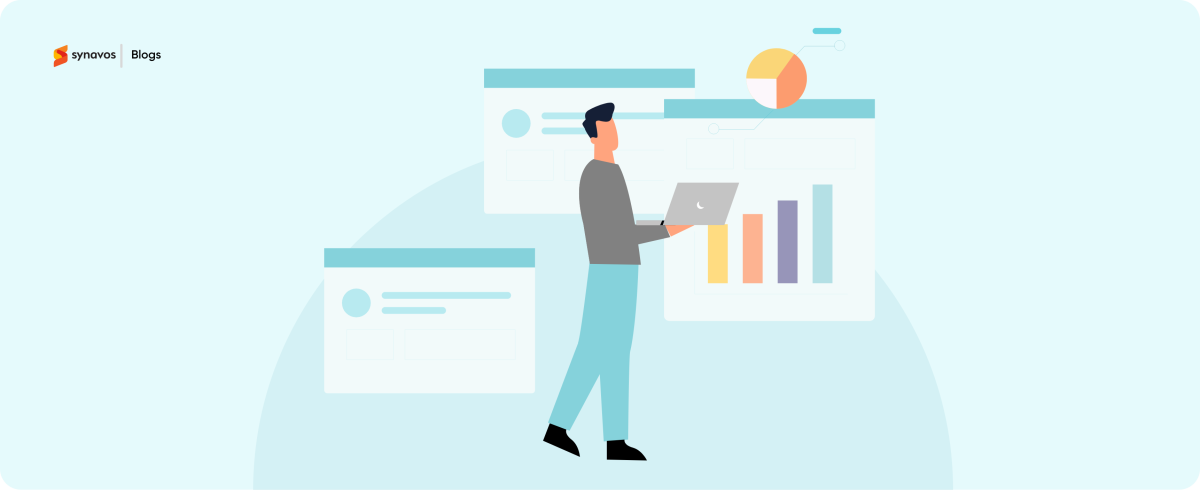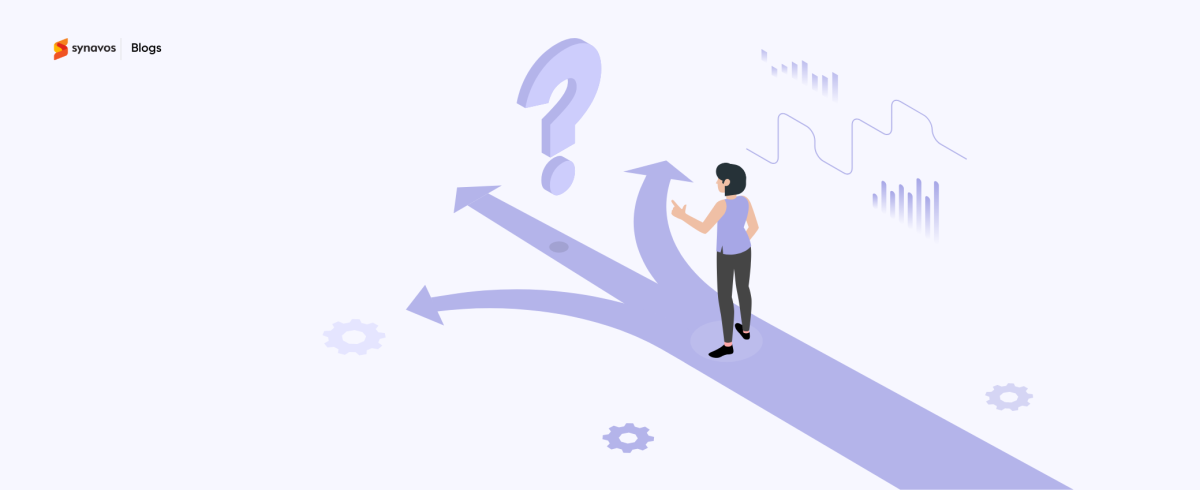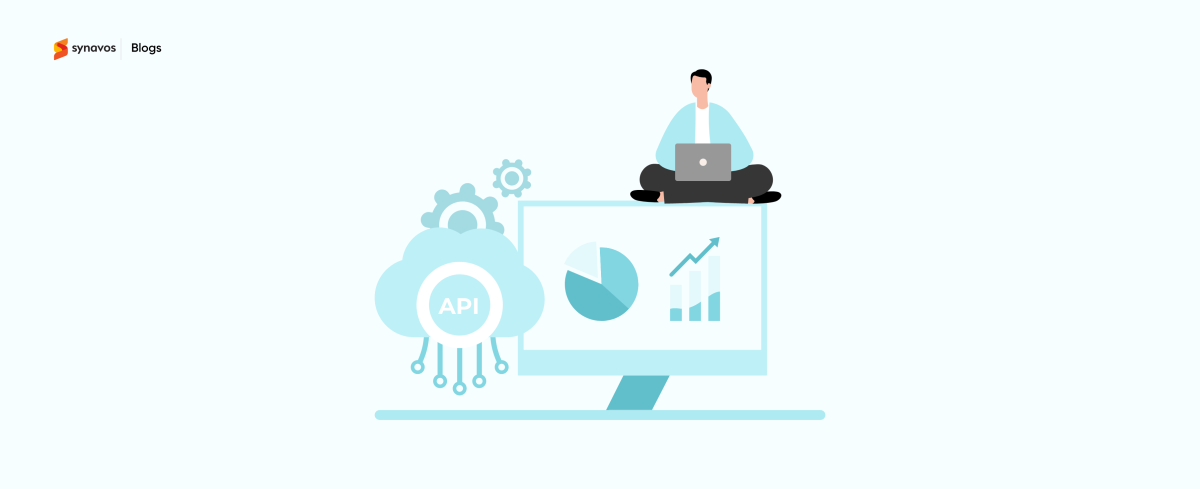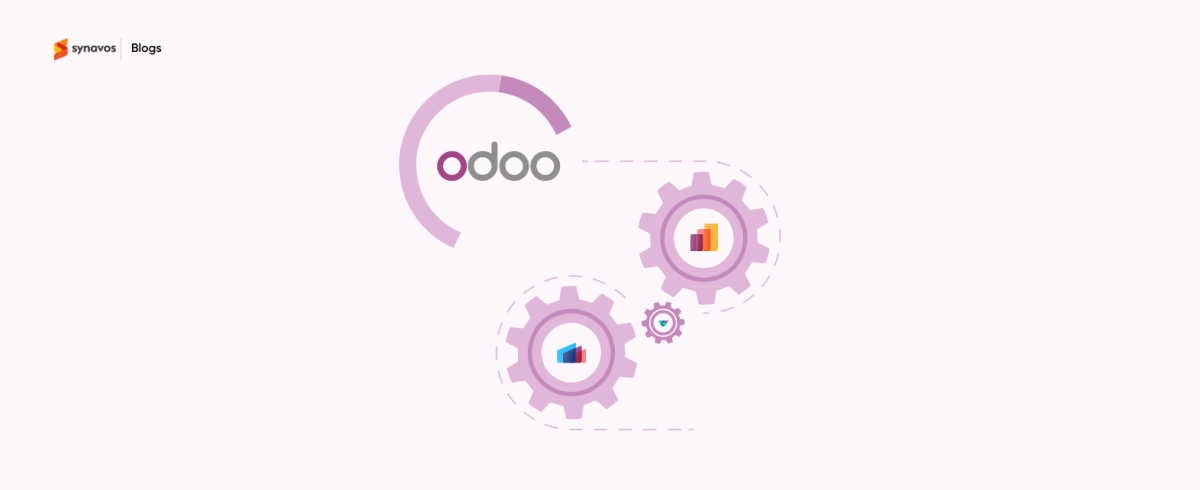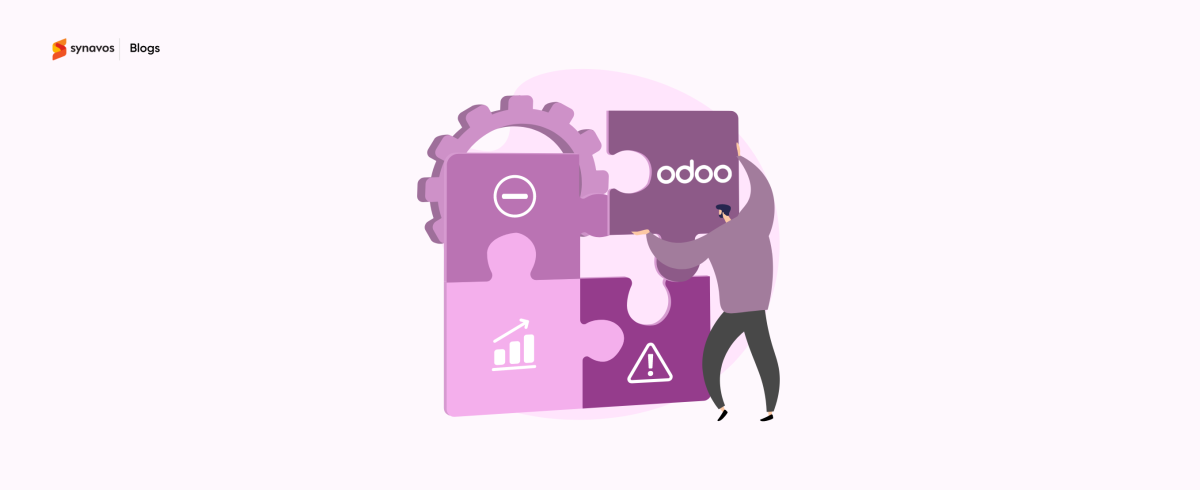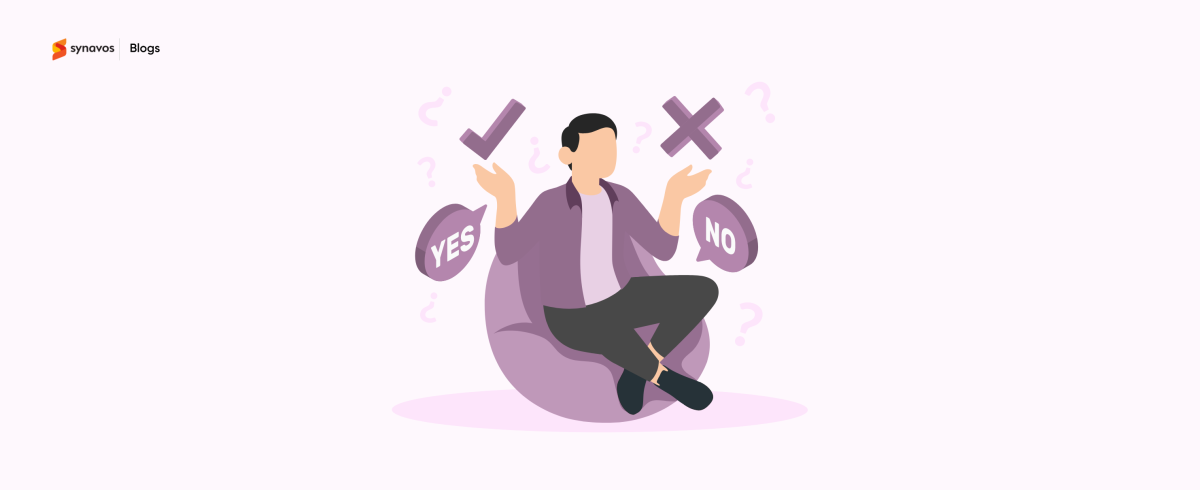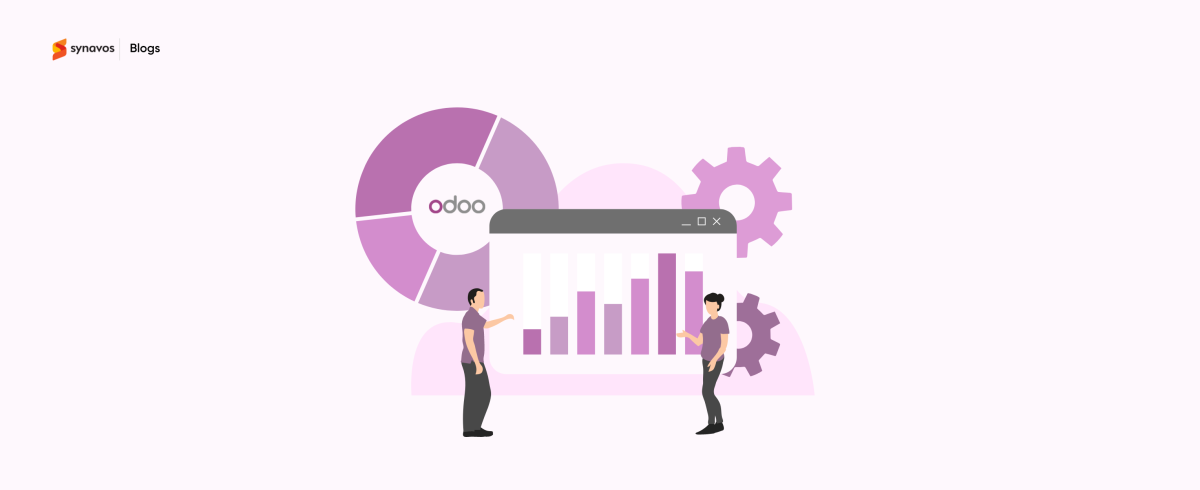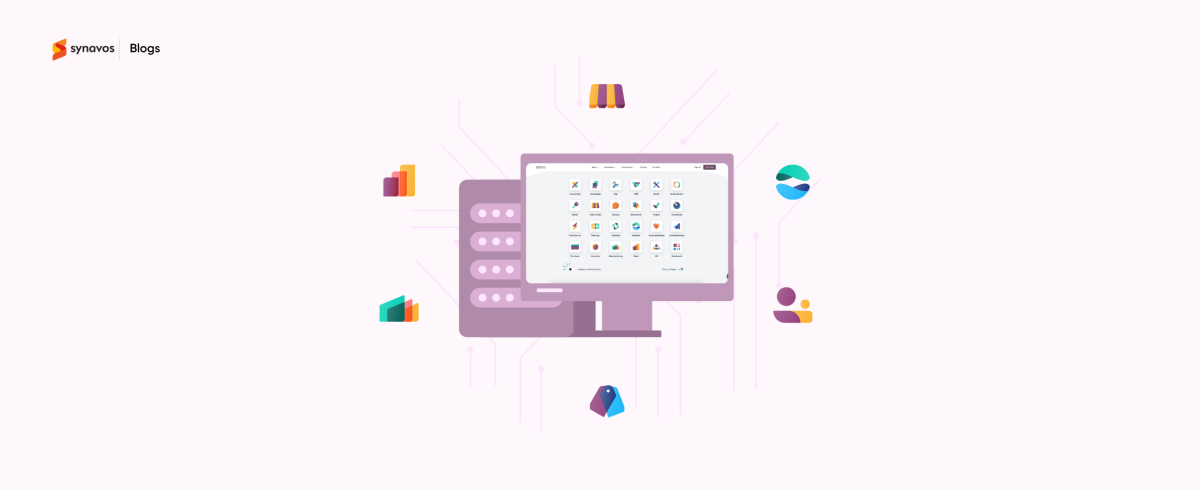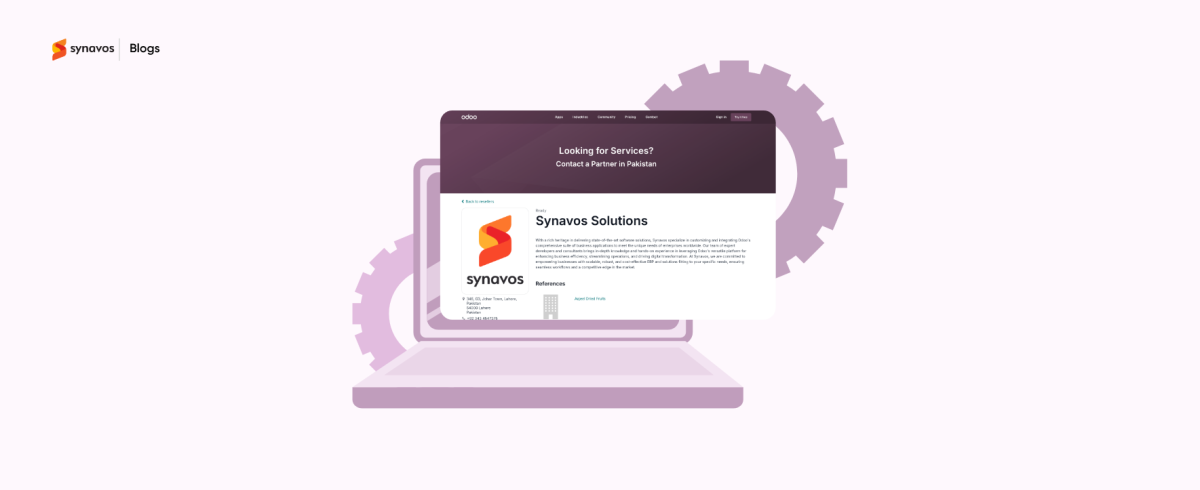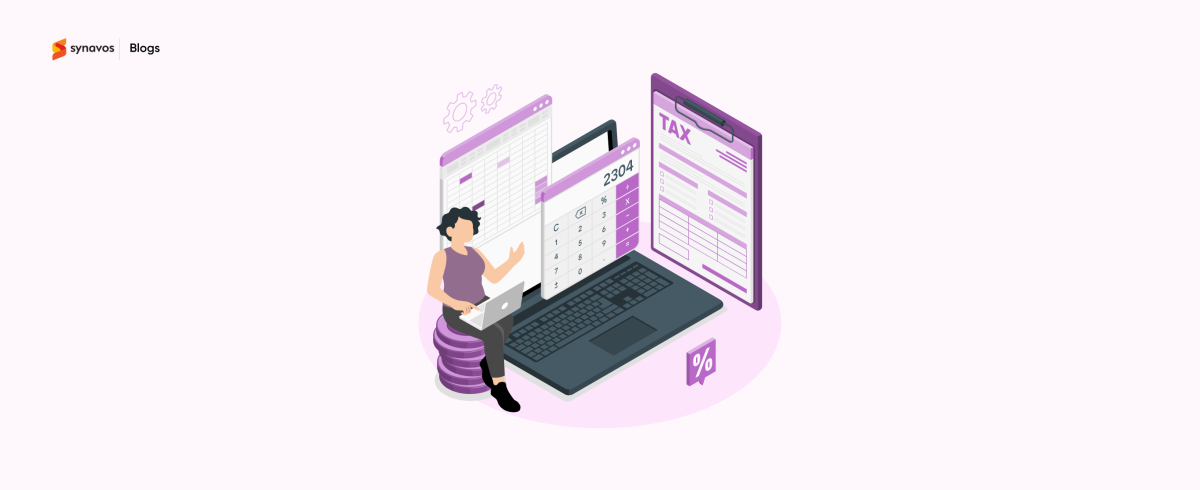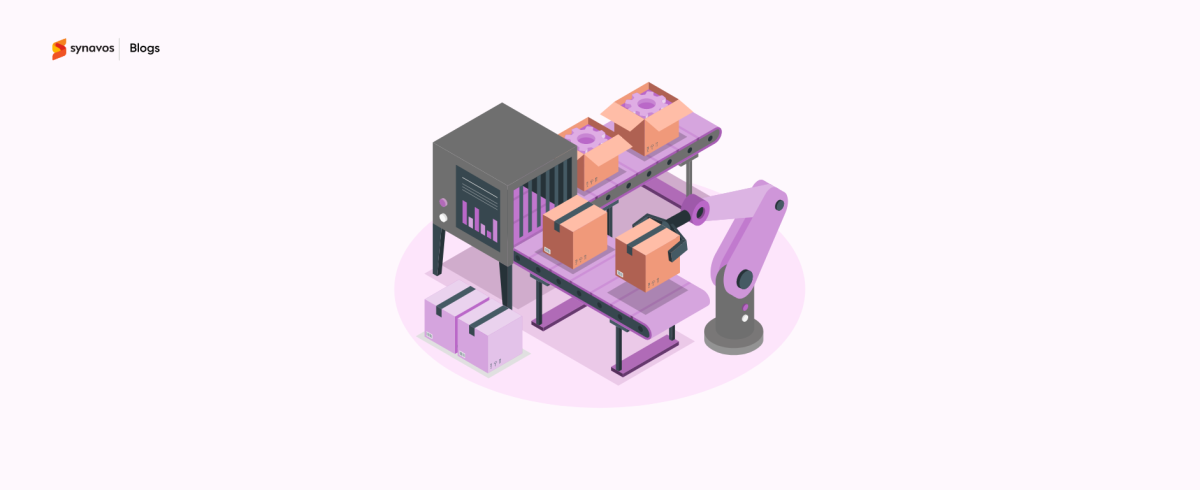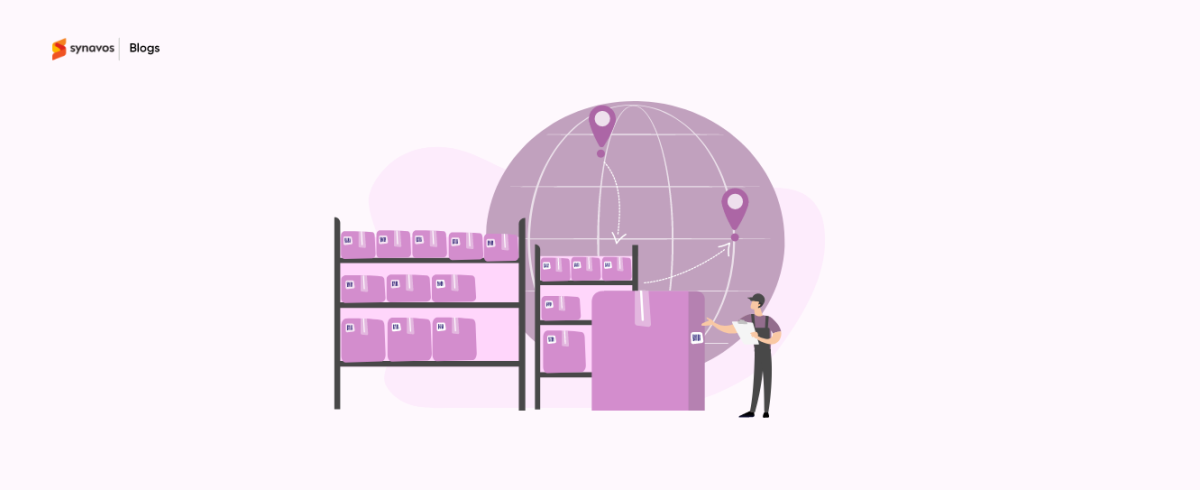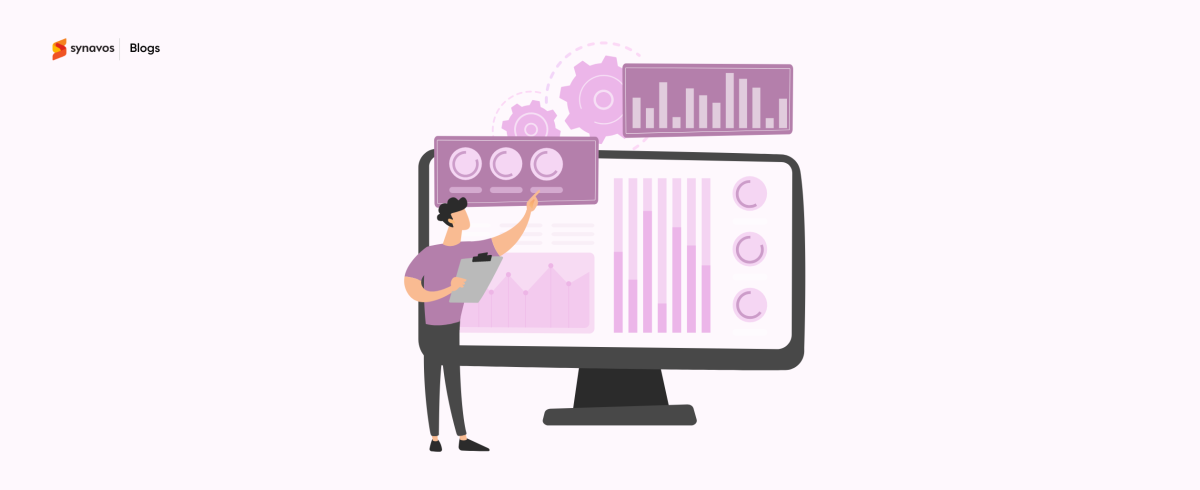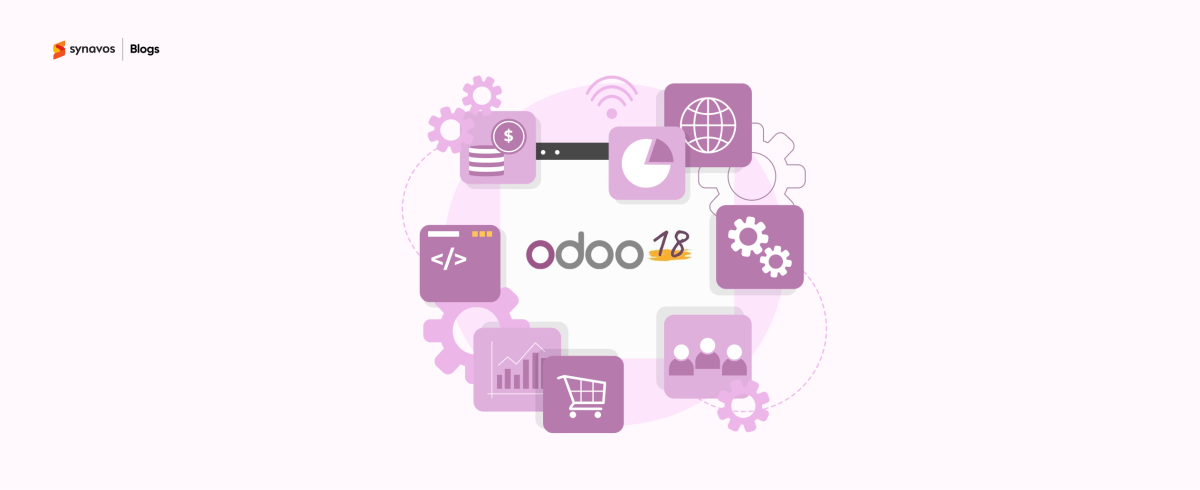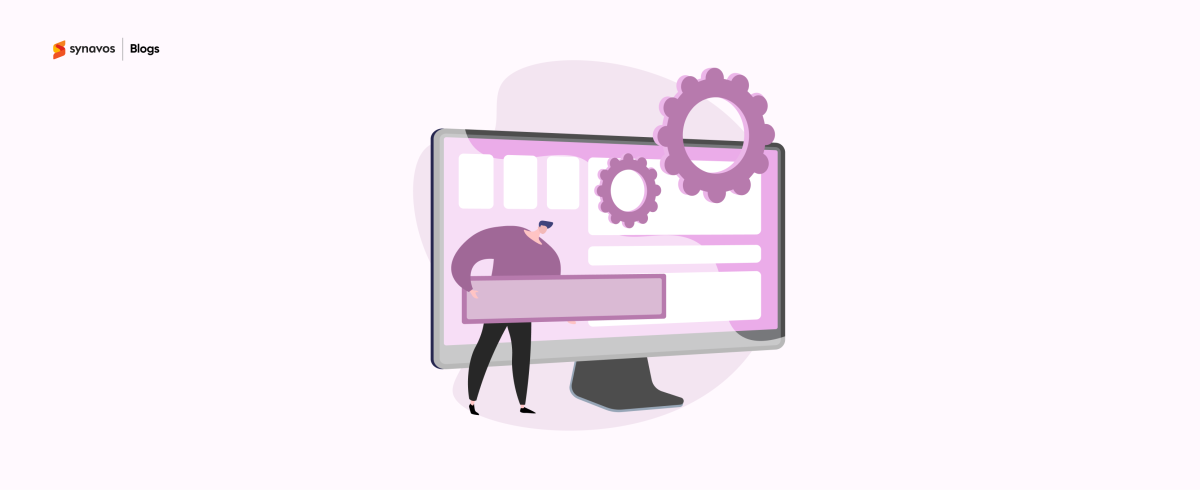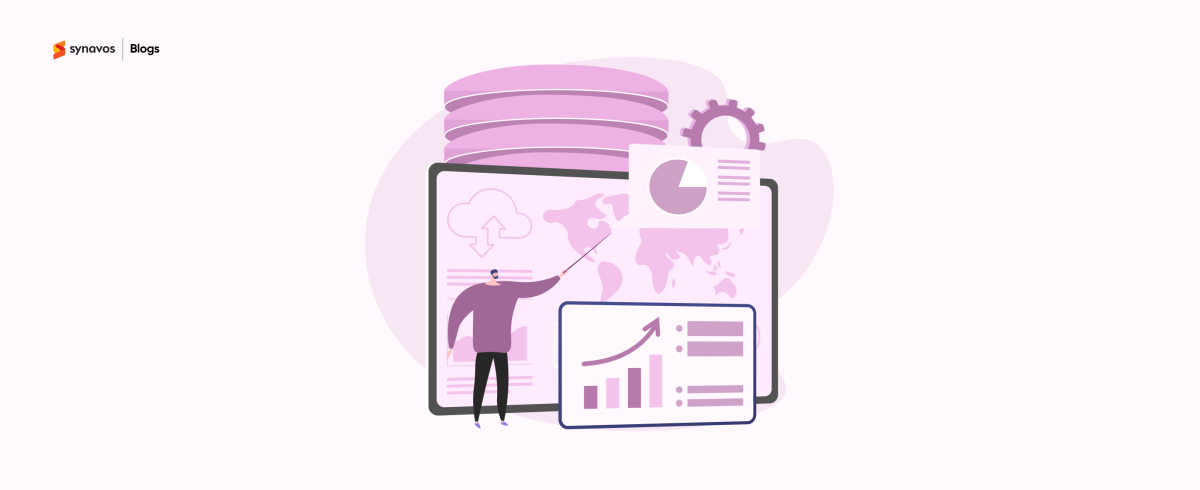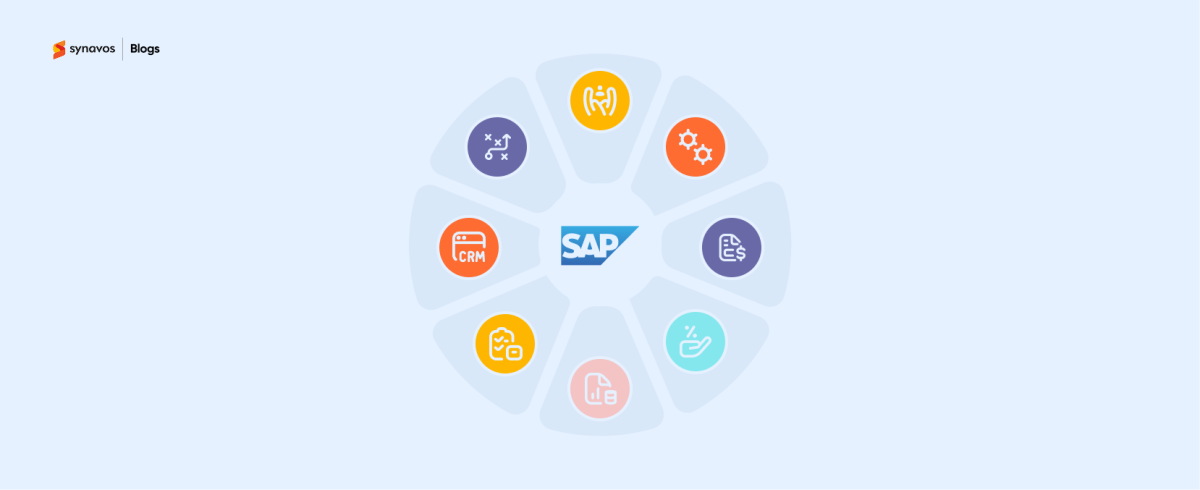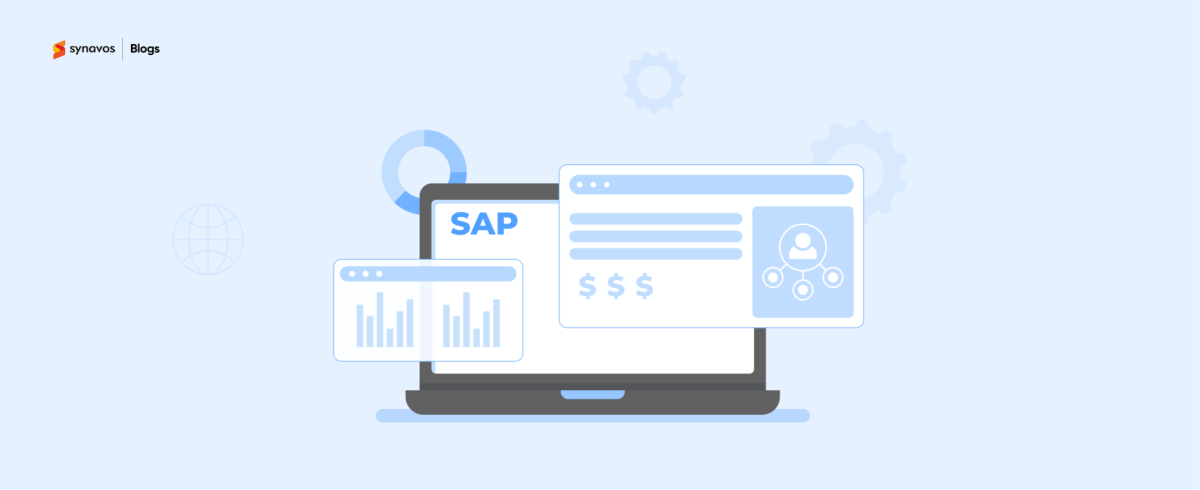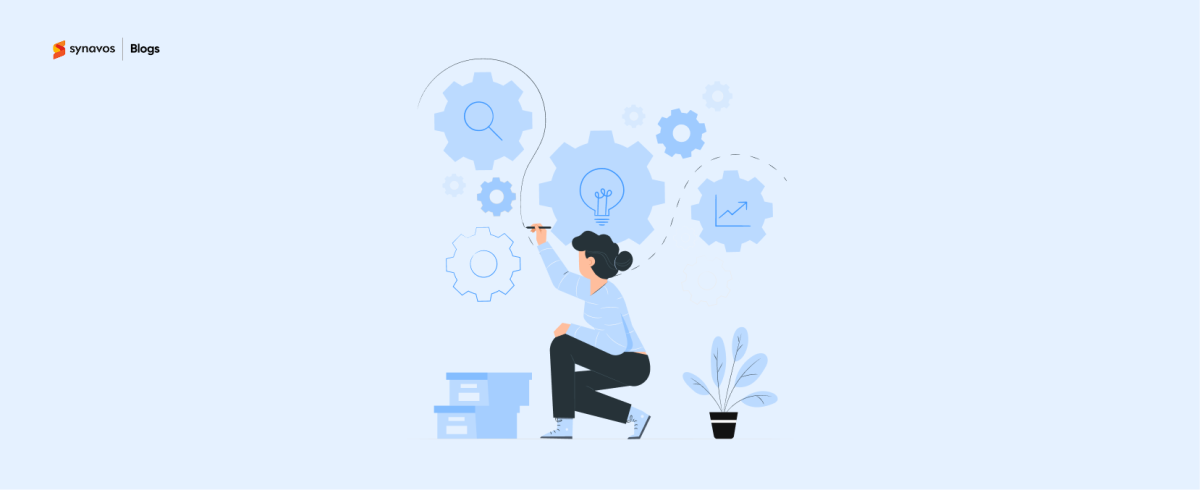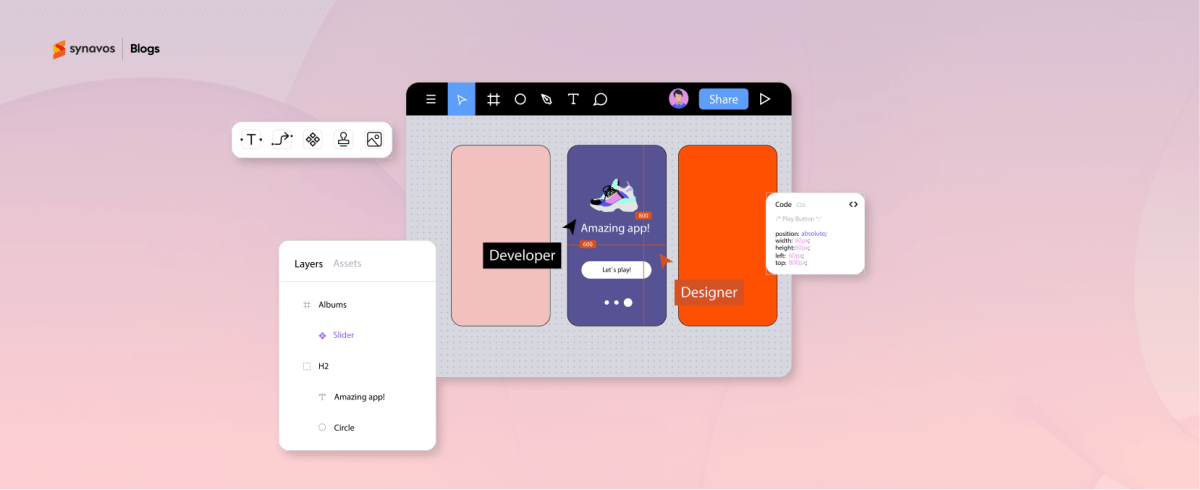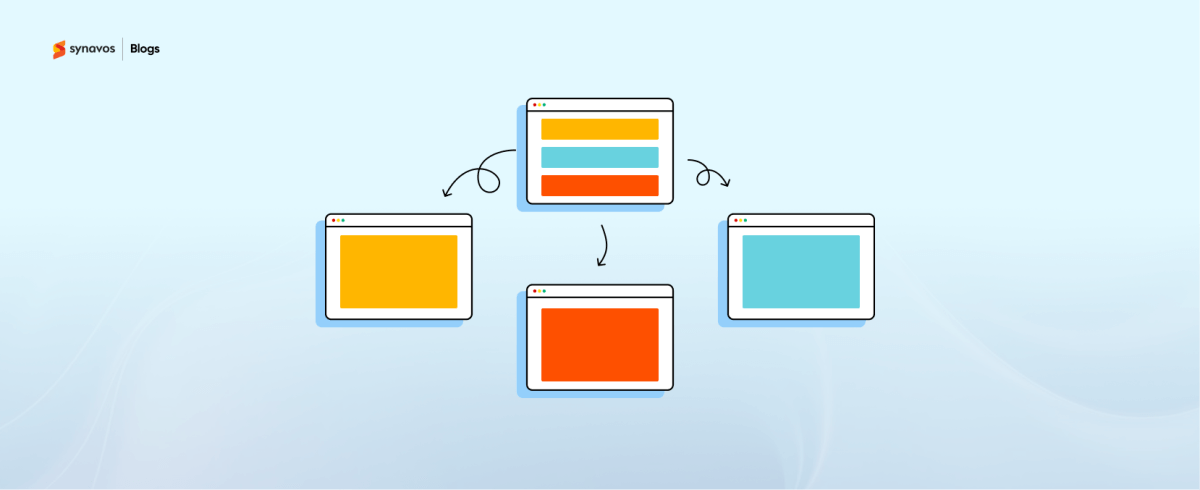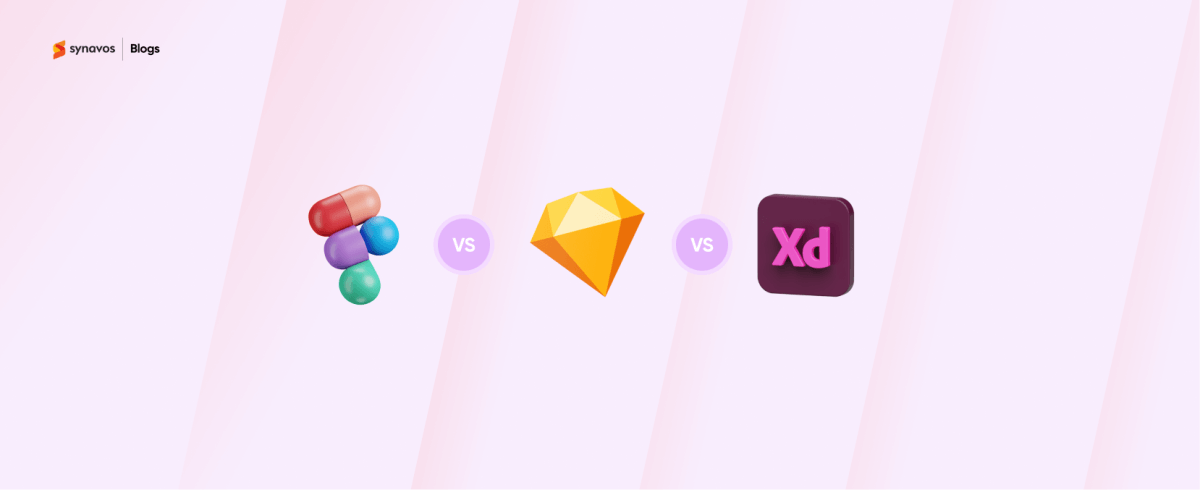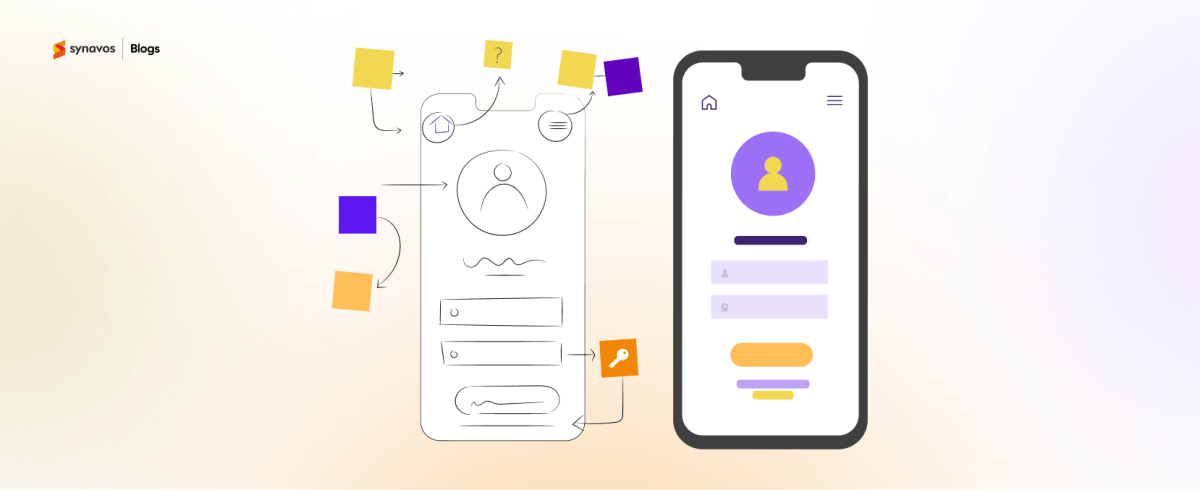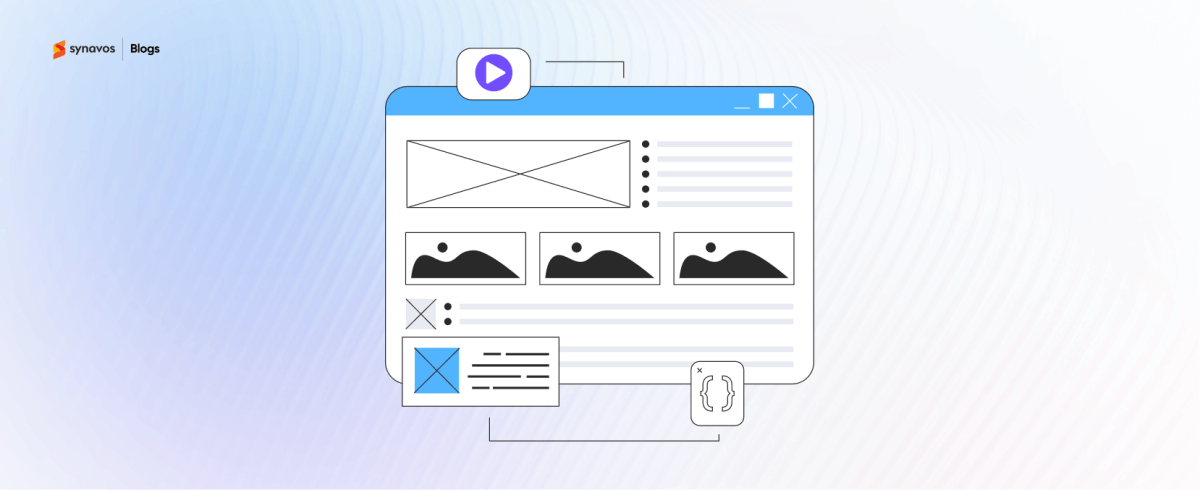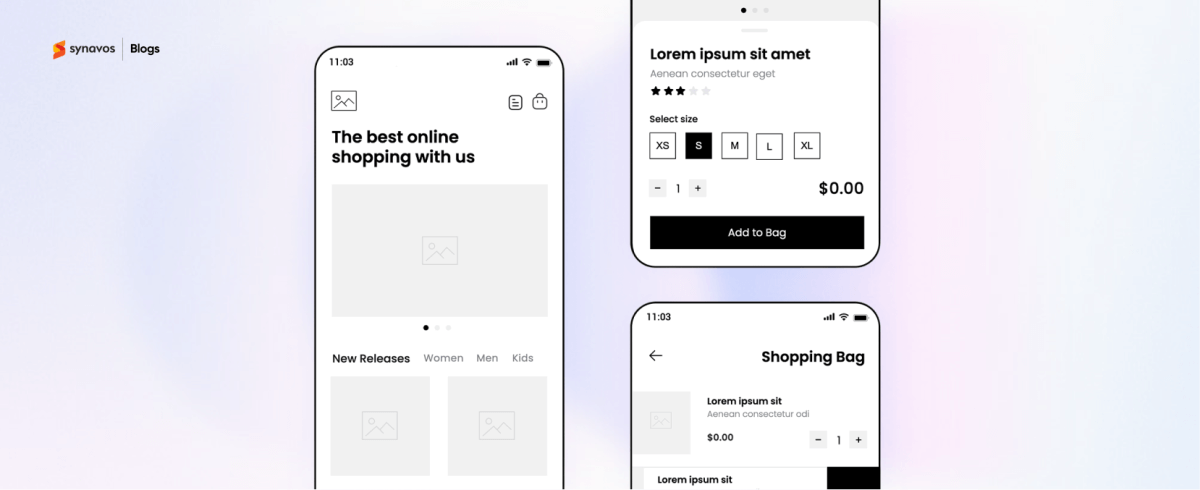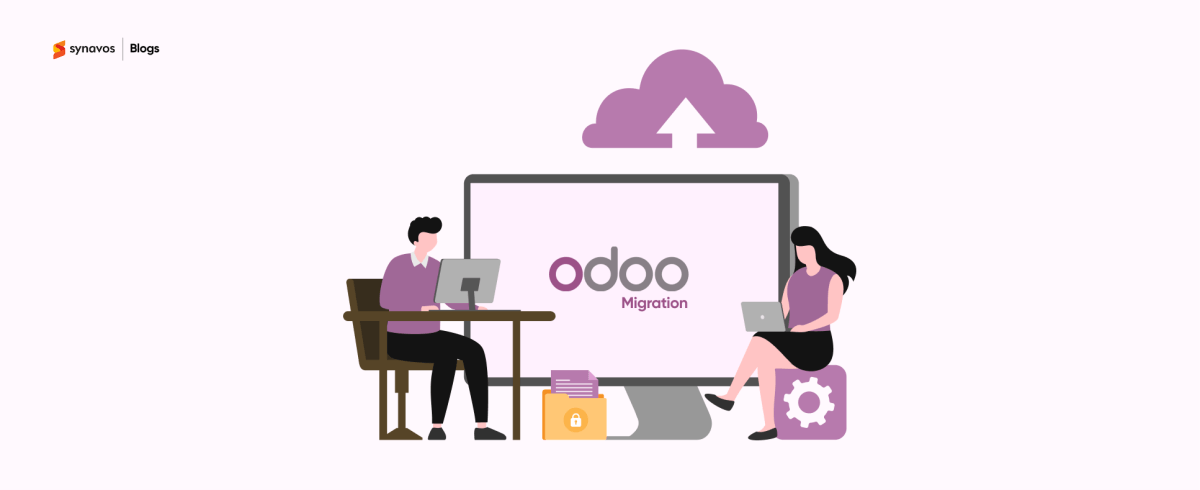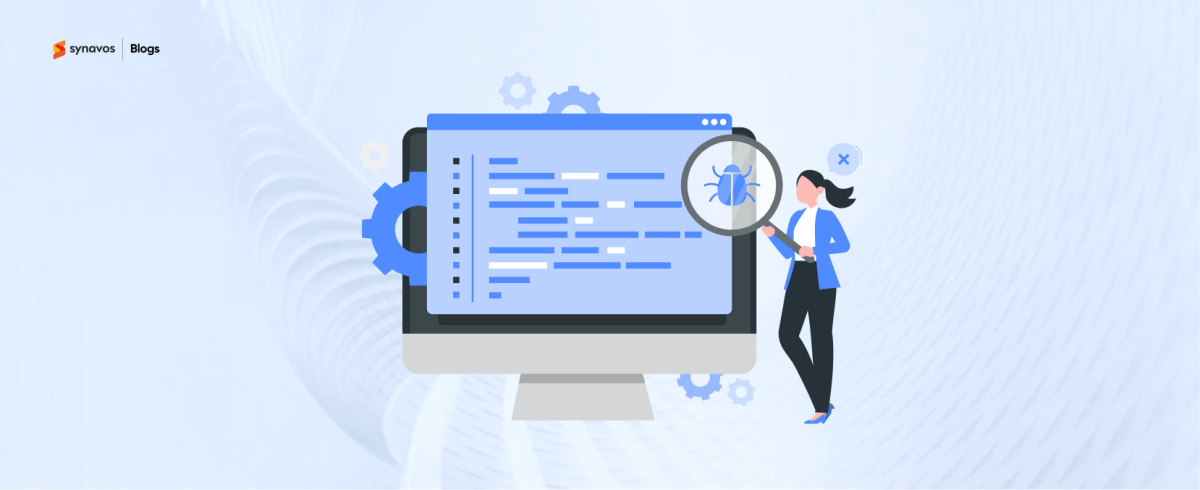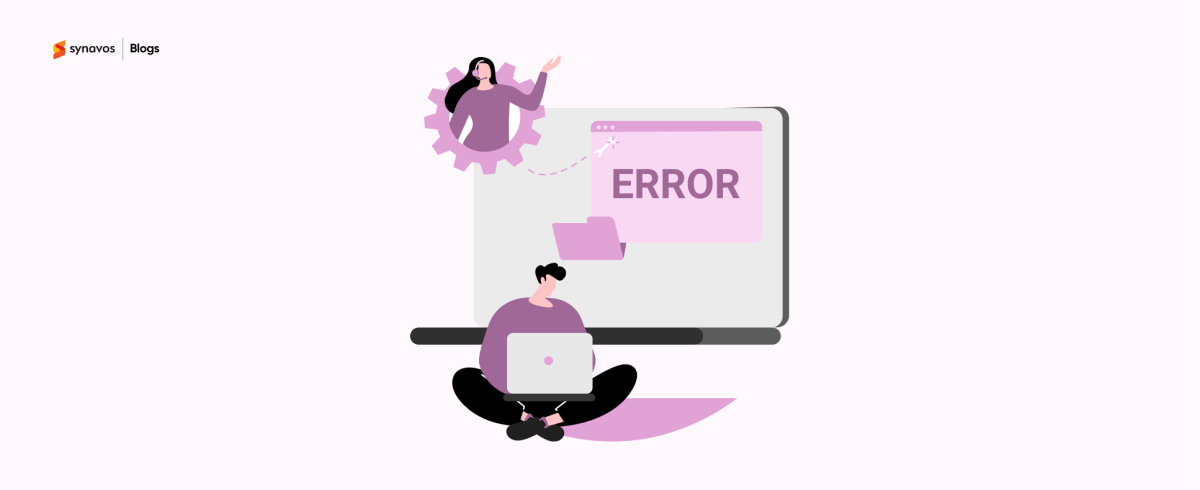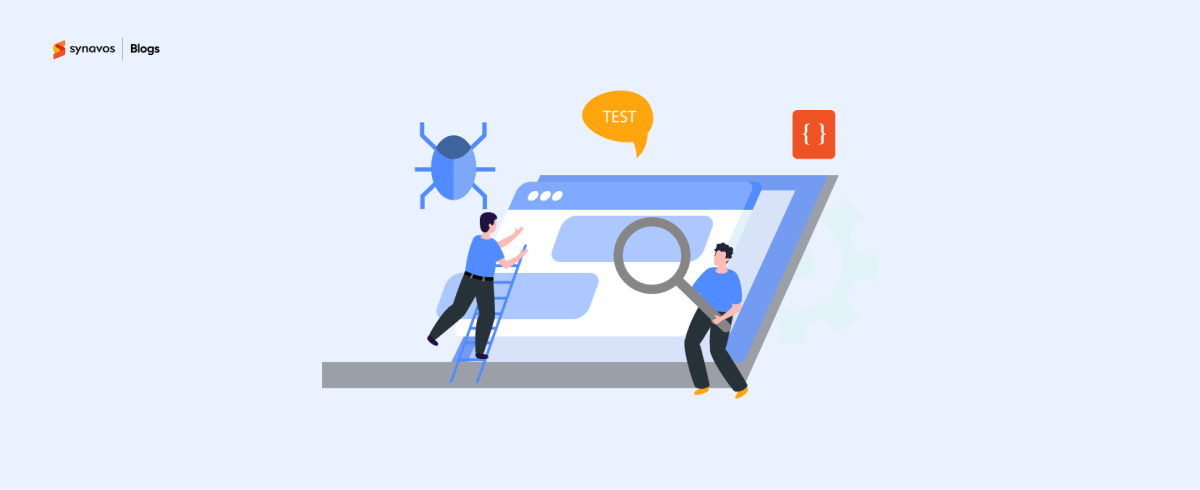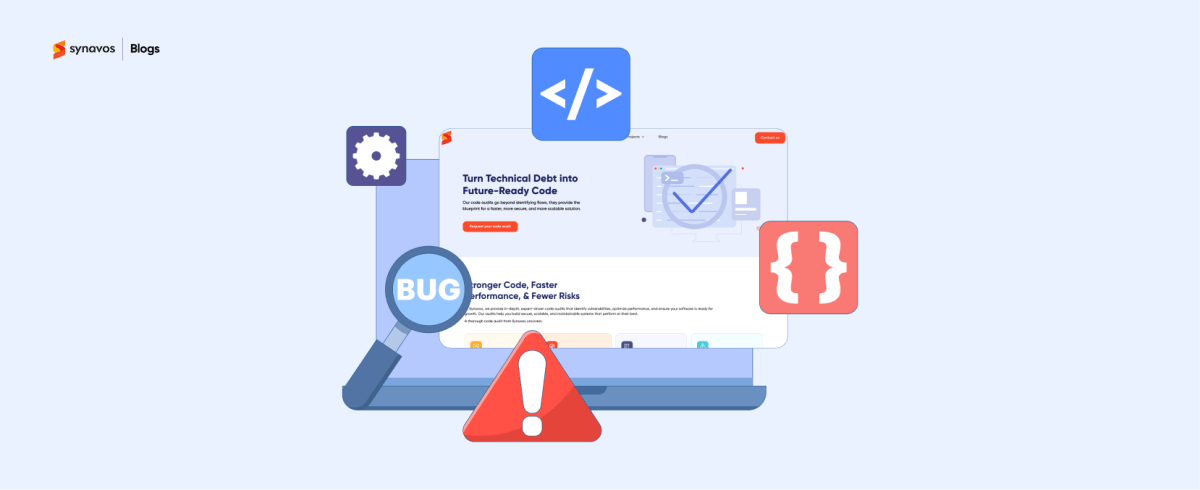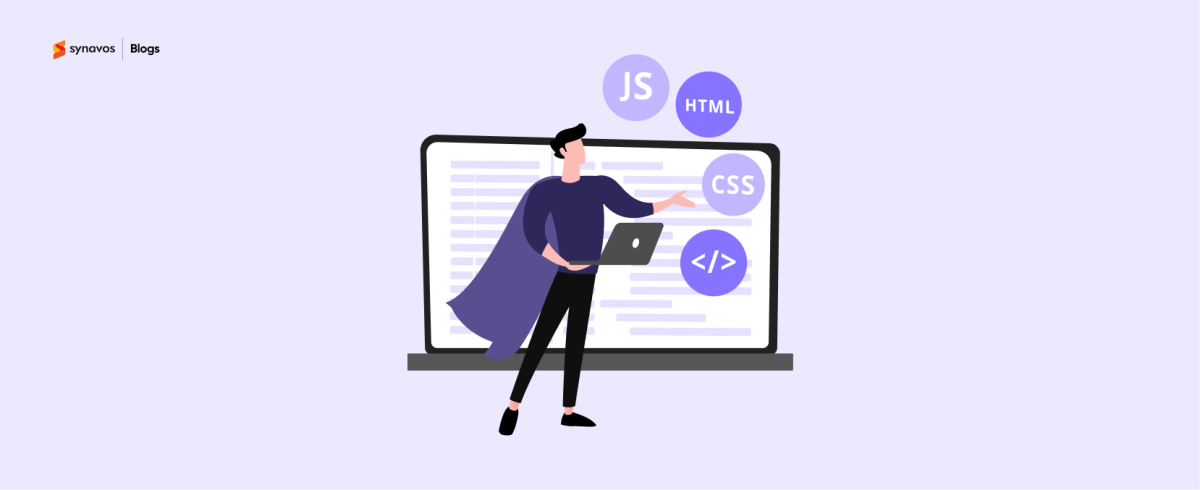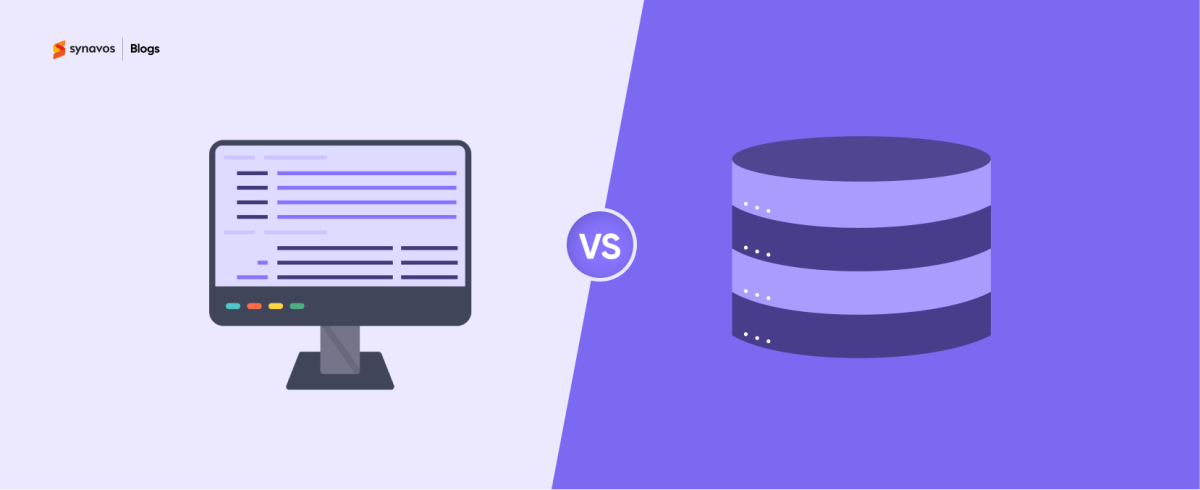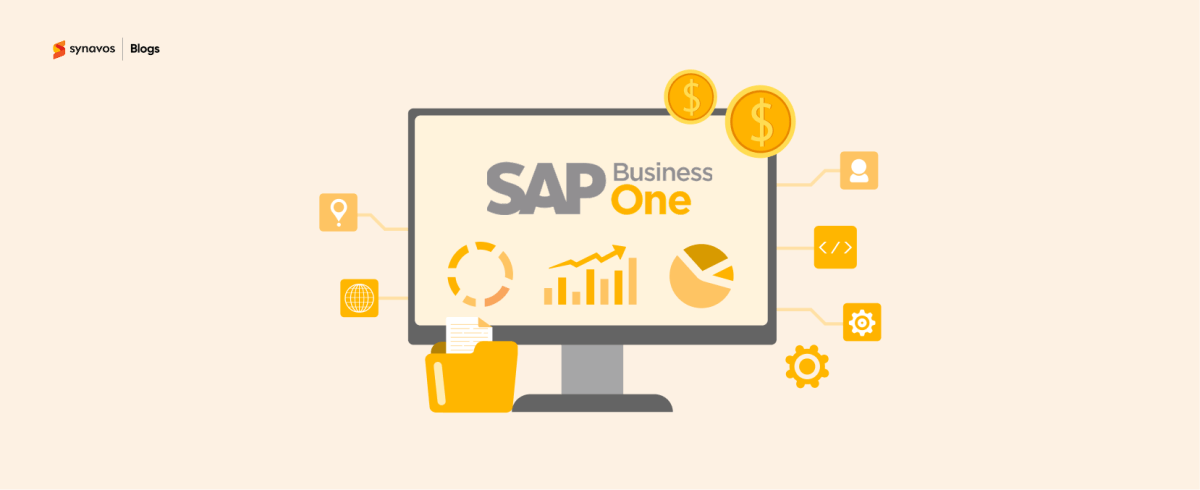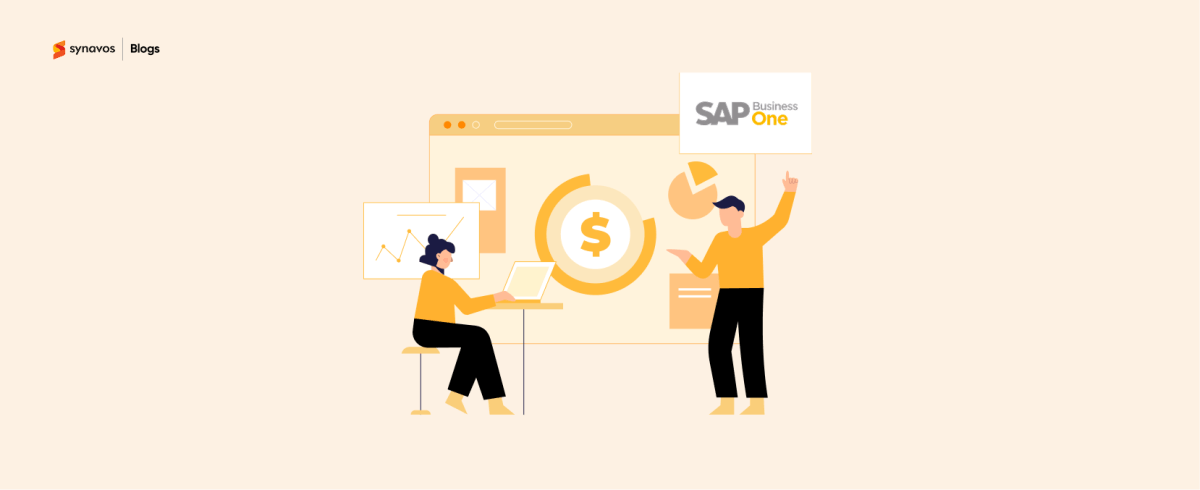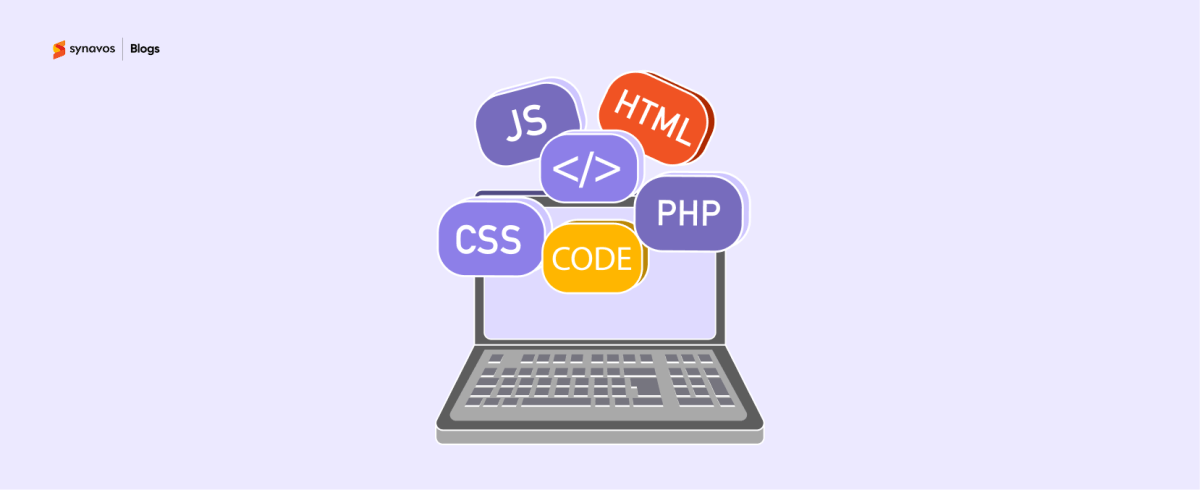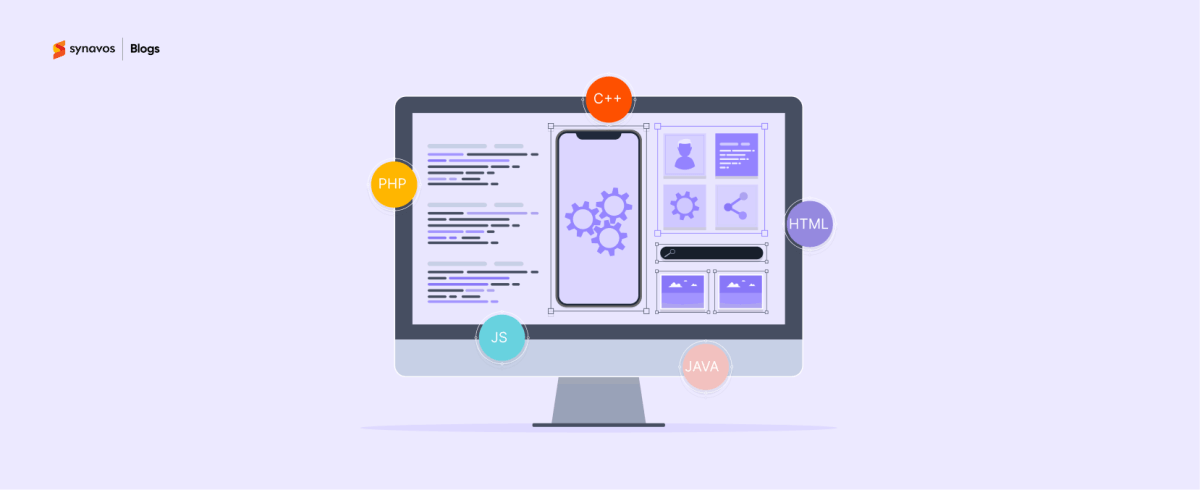Choosing the right ERP system is a big step for any business, whether you're running a growing company or managing operations at a larger scale. SAP Business One has earned a solid reputation for helping businesses improve control, visibility, and efficiency. But it's not the only system worth considering. Other well-known alternatives like Odoo and Microsoft Dynamics 365 Business Central also bring a lot to the table, each with its own strengths.
In this blog, we’ll compare SAP B1 with these two leading alternatives to help you understand which system aligns better with your business needs, processes, and long-term goals. Let's begin!
Why Choosing the Right ERP System Matters
An ERP system isn’t just another piece of software. It becomes part of how your business runs every day. From tracking inventory to managing finances and handling customer orders, the right ERP can keep everything connected and running smoothly. But if the system doesn’t fit your needs, it can lead to delays, confusion, and extra work for your team.
ERP systems are becoming more common across industries, and for good reason. According to Statista, the global ERP market is expected to hit $101 billion by 2026, showing just how many businesses see the value in getting it right. That’s why it’s worth taking the time to compare your options and pick the most suitable one.
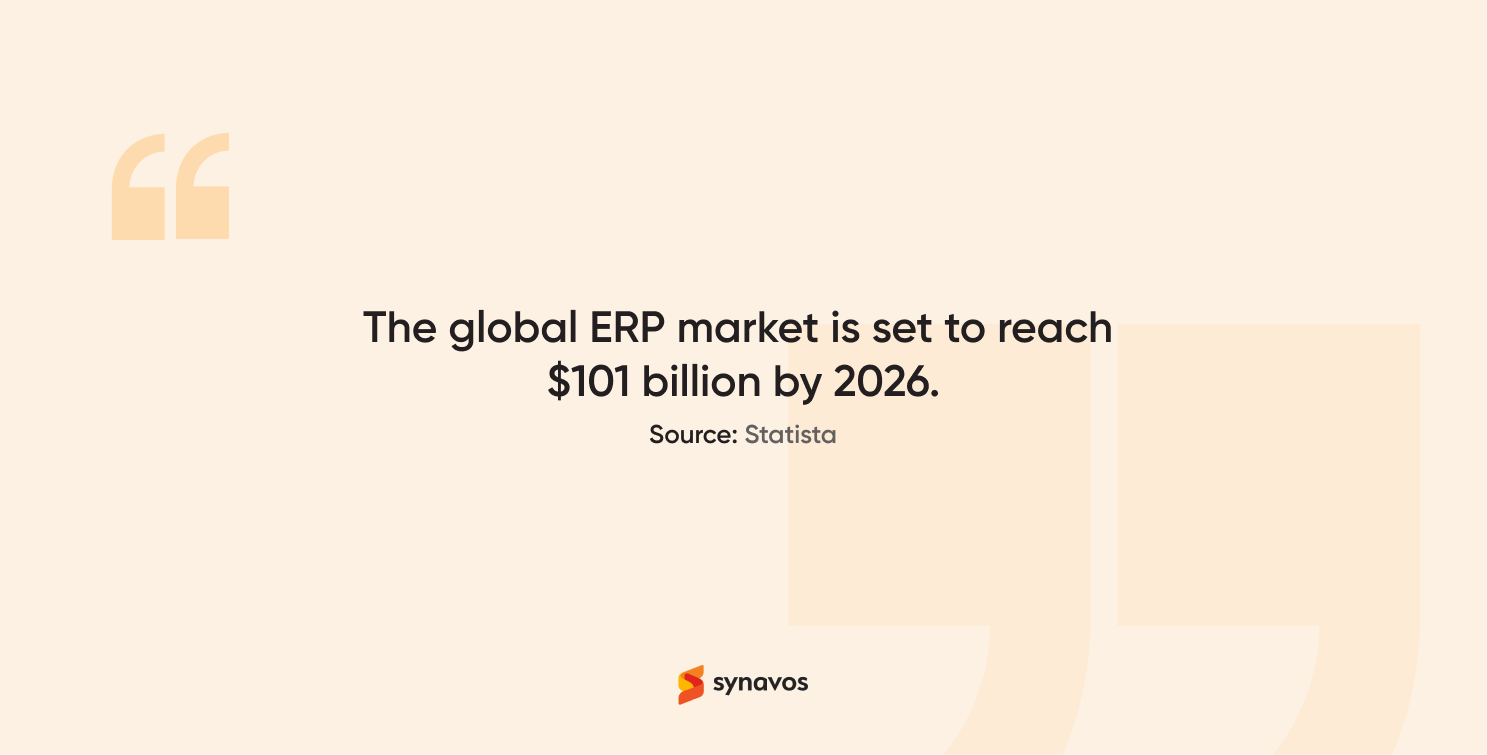
A Quick Look at the ERPs Being Compared
Before diving into the comparison, let’s get familiar with the three ERP systems we’re focusing on:
SAP Business One
A well-established ERP system trusted by many growing businesses, especially those in manufacturing, distribution, and retail. SAP B1 is known for its solid financial tools, strong reporting features, and the ability to customize workflows. Nevertheless, SAP Business One is common among smaller branches of larger companies already running SAP at a corporate level.
Odoo
A flexible, open-source ERP that gives businesses the freedom to start small and expand as they grow. With a wide range of modules, from accounting and CRM to inventory and HR, Odoo lets you build the system around your specific needs. It’s often a good fit for companies that want more control over features and costs.
Microsoft Dynamics 365 Business Central
A modern and cloud-first ERP solution built for businesses that rely on Microsoft tools. It works seamlessly with Microsoft 365, Teams, and the Power Platform, making it a natural choice for companies already in the Microsoft ecosystem. Business Central offers a clean interface and is built to support finance, sales, supply chain, and operations.
SAP Business One vs. Odoo vs. MS Dynamics 365 Business Central
When comparing ERP systems, it’s not just about the number of features. It’s about how well each platform fits your business needs, growth plans, and existing tools. Here’s how SAP Business One, Odoo, and Microsoft Dynamics 365 Business Central compare across key areas:
1. Target Market
SAP Business One
Best for established businesses that need a solid, all-in-one ERP with strong financial and operational capabilities. It’s a great fit for companies in manufacturing, wholesale, or distribution that want reliable processes and room to scale. It’s also commonly used by companies that are subsidiaries of larger enterprises already using SAP.
Odoo
Ideal for businesses that want flexibility and control over their ERP setup. It suits a wide range, from startups to growing companies, especially those in the e-commerce, services, or tech industries. Its open-source model makes it attractive for companies with internal development teams or those looking to avoid vendor lock-in.
Microsoft Dynamics 365 Business Central
A natural choice for businesses already using Microsoft products. It’s popular among companies in professional services, retail, and light manufacturing that want a cloud-based system with deep Microsoft integration. It works well for teams looking for simplicity, strong reporting, and a familiar user experience.
2. Ease of Use
SAP Business One
SAP B1 has a classic interface that may feel a bit dated compared to modern platforms, especially for new users. It often requires some onboarding and training to get comfortable with navigation and workflows. However, once teams are familiar with the system, it becomes a reliable tool for handling complex processes. It's particularly well-suited for companies with formal structures and defined processes, where consistency and control matter more than visual design.
Odoo
Odoo offers a clean, modern interface that feels more like a productivity app than a traditional ERP. It’s easy to navigate, with drag-and-drop features, clear menus, and a responsive design that works well across devices. The user experience is smooth even for those with little ERP experience, making it a strong option for businesses introducing an ERP system for the first time.
Microsoft Dynamics 365 Business Central
Business Central feels instantly familiar to teams who already use Microsoft tools. The interface is clean, intuitive, and built around Microsoft’s design standards. It offers built-in tips and a user-friendly dashboard that shortens the learning curve. Its tight integration with tools like Excel, Outlook, and Teams helps users work within apps they already know, reducing resistance to adoption and improving productivity from day one.
3. Customization and Flexibility
SAP Business One
Customization in SAP B1 is possible but not always straightforward. Most changes, such as new workflows, forms, or reports, need to be done by certified partners or in-house developers with specific expertise. While this ensures consistency and stability, it can slow down adaptability. It works best for businesses that want a structured setup with minor tweaks rather than constant change.
Odoo
Odoo is known for its unmatched flexibility. Thanks to its open-source framework, companies can tailor the system almost endlessly. Whether it’s modifying a report, building a new module, or integrating with an external tool, Odoo makes it possible with fewer limitations. This level of control is especially useful for businesses with evolving needs or workflows. However, managing and maintaining a fully customized system requires a technical team or a trusted partner.
Microsoft Dynamics 365 Business Central
Business Central allows customization through extensions and Microsoft's Power Platform. You can add workflows, create automated tasks with Power Automate, or build custom apps with Power Apps. While it’s not as open as Odoo, it offers enough flexibility for most businesses without risking system stability. It’s a balanced option for companies that want room to adjust processes but prefer to stay within a supported, low-maintenance environment.
4. Integration Capabilities
SAP Business One
SAP B1 works well with other SAP products like SAP Analytics Cloud and SAP Customer Checkout. It also integrates with many third-party tools, especially in finance and logistics. However, integration can require technical know-how, and in some cases, businesses rely on middleware or custom connectors. The overall experience depends on the partner handling the implementation.
Odoo
Odoo’s modular structure and open API make it one of the easiest ERPs to integrate. Whether it’s connecting to eCommerce platforms like Shopify, payment gateways like Stripe, or third-party logistics systems, Odoo handles it smoothly. You can expand the system organically as your tech stack evolves, which is a major benefit for growing or tech-savvy businesses.
Microsoft Dynamics 365 Business Central
Business Central is a strong performer when it comes to integration, especially within Microsoft’s ecosystem. It connects effortlessly with Outlook, Excel, SharePoint, and Power BI, allowing real-time data flow between tools. This seamless experience reduces the need for switching apps and improves team productivity. Integration with third-party apps is also supported through Microsoft AppSource and partner solutions.
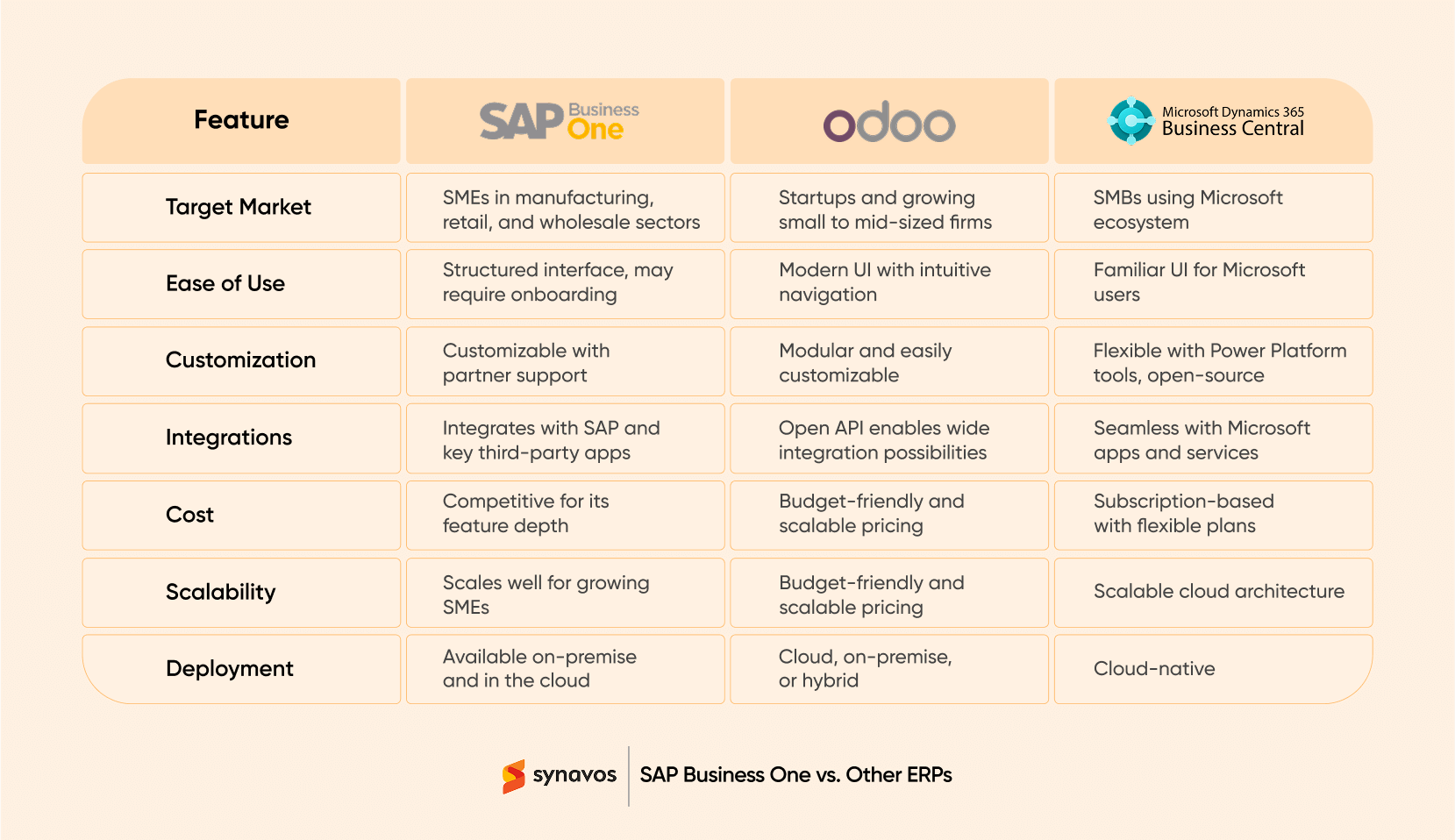
5. Cost and Licensing
SAP Business One
SAP B1 involves higher upfront costs, particularly for on-premise installations. Licenses are usually purchased per user, and there are additional fees for maintenance, support, and hardware in the case of local deployment. That said, the system delivers strong long-term value for businesses that need robust features and aren’t planning frequent changes.
Odoo
Odoo is the most budget-friendly of the three, especially with its free Community edition. The paid Enterprise version is charged based on the number of users and apps you use, making it easy to control costs. This pricing model works well for companies that want a scalable solution without committing to a high flat-rate license.
Microsoft Dynamics 365 Business Central
Business Central uses a subscription-based pricing model, typically billed per user per month. It offers two tiers: Essentials and Premium, depending on your functional needs. Pricing is competitive, and businesses already using Microsoft 365 may benefit from bundled discounts or technical alignment, reducing setup and training costs.
6. Scalability
SAP Business One
SAP B1 scales well for mid-market businesses, accommodating growth in transaction volumes and users. However, for very large enterprises with highly complex, global operations, a migration to more enterprise-level SAP solutions like SAP S/4HANA might eventually be necessary.
Odoo
Odoo is highly scalable, especially for businesses with strong technical teams or external development partners who can leverage its open-source framework. Its modular design allows businesses to add functionalities incrementally as they grow to support expansion in users, data, and processes.
Microsoft Dynamics 365 Business Central
Business Central is built on Microsoft Azure, which makes it highly scalable for businesses of virtually all sizes. Its cloud-native architecture allows it to handle increasing data loads, users, and global operations efficiently without significant infrastructure investments by the customer.
7. Deployment Options
SAP Business One
SAP B1 implementation gives businesses the flexibility to choose between on-premise and cloud deployments. On-premise is still common in industries with strict data policies or where internal IT teams manage infrastructure. Cloud deployment is becoming more popular due to its lower maintenance needs and faster implementation.
Odoo
Odoo offers the broadest range of deployment options. You can host it on Odoo’s official cloud, use a private server, or deploy it on-premise. This freedom is useful for businesses with specific data control or security requirements. The ability to switch between deployment modes also allows businesses to adapt as they grow or restructure.
Microsoft Dynamics 365 Business Central
Business Central is built as a cloud-first solution. It doesn’t offer an on-premise version, which simplifies updates, security, and maintenance. However, this may not suit companies that want full control over their infrastructure or have to meet strict local data regulations. For most businesses already operating in the cloud, this model works well.
Final Thoughts
All three ERP systems bring something valuable to the table. SAP Business One offers reliability and depth for companies needing strong inventory, financial, and operational control. Odoo stands out for its flexibility and affordability, especially for businesses seeking modular, open-source solutions. Meanwhile, Microsoft Business Central brings modern cloud-first capabilities and seamless integration within the Microsoft ecosystem. Ultimately, the best ERP system is the one that aligns with your company’s processes, scalability goals, and budget.
Need Help Making the Right ERP Choice?
At Synavos, we specialize in helping businesses like yours choose and implement ERP solutions tailored to their goals. Whether you're leaning towards SAP B1, Odoo, or Business Central, our experts will guide you through assessment, planning, deployment, and ongoing optimization.
Connect with our team today and get practical, no-fluff advice on which ERP solution makes the most sense for your operations!
